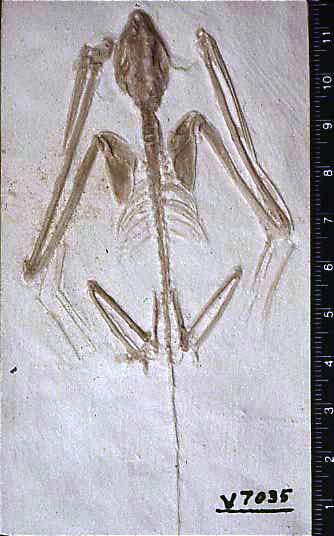 Uncommon Descent is trumpeting the release of another book. They still don't get it:
Uncommon Descent is trumpeting the release of another book. They still don't get it: Critics, in dismissing The Design of Life, contend that intelligent design has collapsed in the wake of the 2005 Dover trial. Author William Dembski responded, “Those same people have been announcing intelligent design’s demise every year since 1990. Strangle it as they might, intelligent design just won’t die. The Design of Life shows why the better arguments and stronger evidence are now on the intelligent design side.” According to FTE president Jon Buell, The Design of Life is not intended for high school students; it is aimed rather at college/university students and adults who want a clearer understanding of why a growing number of scientists doubt Darwin.
But... But...
They couldn't get scientists to take them seriously by writing books for high school kids, so they're going to write books for college kids? This is the approach that they want to take? Oy.
This is the reason scientists don't take them seriously. This is it, folks. If you've never heard it before, this is why. They're not engaging scientists. They're not doing experiments. They aren't testing hypotheses. They aren't writing papers for scientists. They aren't trying to change scientists' minds. They're writing books for kids. (Writing books for kids is important for the future of science, mind you, but it's not where paradigms are upset).
I think it's worth highlighting what stevestory wrote today at AtBC: On some imaginary day in the future when I have a lot of free time, I'm going to write a long essay contrasting the basic features of scientific revolutions with those of fraudulent pseudoscience. I've read quite a bit about scientific revolutions, from Relativity to H. Pylori to The Barker Hypothesis, and a fair amount about quackery. In the meantime, here's the summary:
Revolutionary Science:
*(Usually) Expert in the field has great idea
*Expert faces lots of hostility and even gets papers rejected
*Expert works hard to gather more data or convince community
*In a few years community rapidly converts
*Tons and tons of normal science is made possible and done in a few short years
Quackery:
(Usually) Non-Expert has idea
*Non-Expert faces lots of hostility and gets papers rejected
*Non-Expert babbles for a long time, no one is convinced
*Non-Expert figures out a way to sucker a bunch of laymen, and claims conspiracy
*Years go by, the scientific community's still not remotely convinced
*No normal science is made possible by quack idea
anybody familiar with science can tell which one ID resembles.
Update:
Mister DNA writes: I get such a Pinky and the Brain vibe from IDiots. Their plans to defeat Evilution/Darwinism/Materialism never involve something like... oh, I dunno... research; it's always:
1) This press release will be the death of Darwinism!
2) We'll let 9th Grade biology students decide!
3) The mere existence of this "lab" will be a crushing defeat for materialism; we won't even need to do any research! BWAHAHAHAHAHA!!!!!one!eleventy!
4) As this flash animation demonstrates, judges aren't qualified to rule on whether or not ID is science.


























